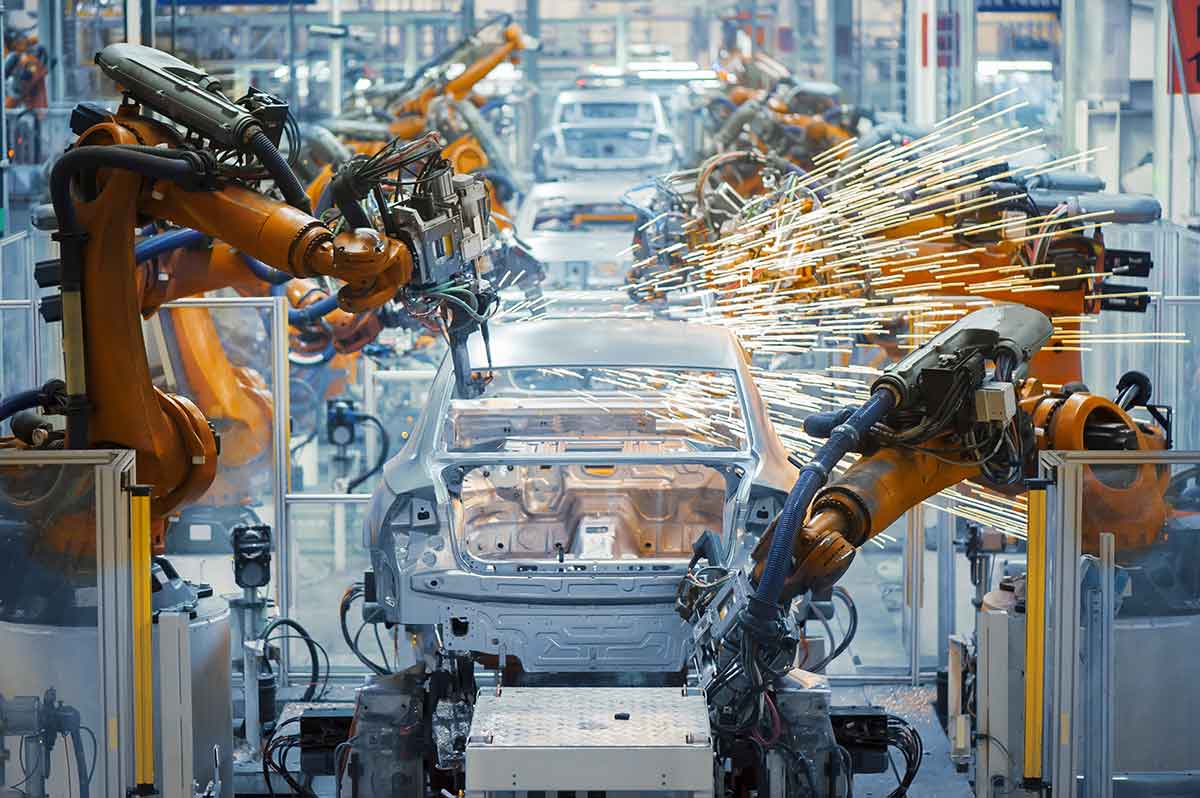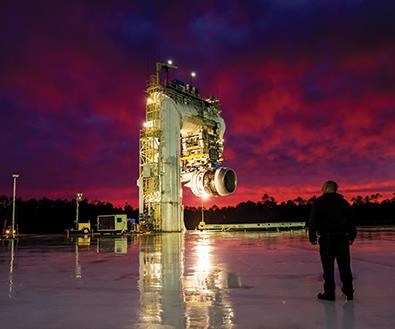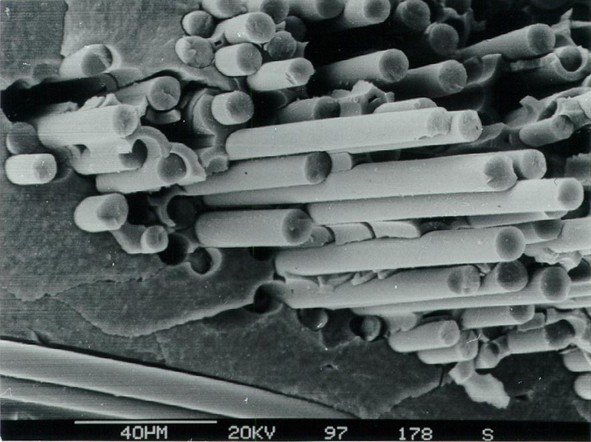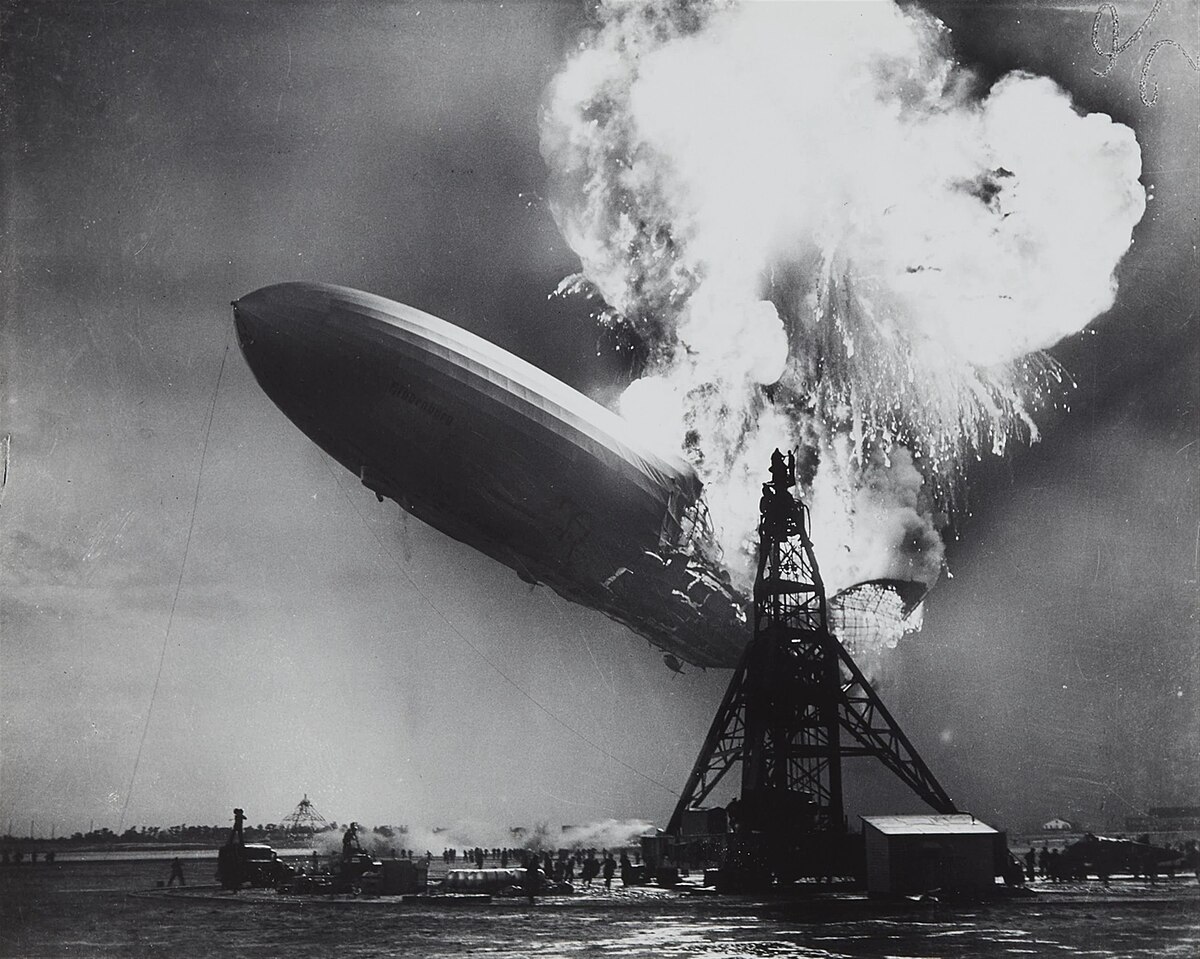I ended up making my reply longer than I first intended, well might as well see how it goes.
@TR_123456 @Yasar @Saithan (iirc who Ive chatted with before on topics like this), et al.
@Saiyan0321 (to provide a read for you this time, reverse of the usual lately

)
You have, previously, written many times about turbine engines, saying that the real problem of enlarging engines or raising the turbine inlet temperature is the apparent issue of turbine blade creep. Since the materials used are essentially metals, even if they're cast in single crystals, they still suffer from creep and that is the determining factor of engine's service life, MTBO, efficiency etc.
Yes that was within the envelope of that material (metals broadly speaking, of which Nickel super alloys are the apex we have found for this environment).
However this material envelope is also bounded by the melting point as well (which in many ways influences creep and its failure mechanisms leading up to it).
So essentially by pushing the melting point bound to much higher amount (i.e essentially drastically increasing the turbine blade melting point and raw thermodynamic apex), we gain much more envelope to work with within which new considerations for creep etc again have to be studied and analysed to mitigate.
Of larger concern right now compared to creep though (given the physics of CMC's especially the ceramic matrix) are specific corrosion failures particular to them that need EBC (Environmental barrier coating) research, testing and application (and consequent redevelopment/improvement of EBCs and solutions for serious issues still plaguing them)
These essentially kick in at earlier stages of operation compared to metal super alloy...and are main scope of research to solve first for CMC for more reliable operation to harness in sustained way their higher temperature performance in the way they theoretically promise.
There are promising results so far, but the feedback loop in RnD and real world application will take time.
Now in light of these new materials, namely CMCs,
- Will the industry start exploring designing bigger and more powerful engines for the airliners, or will they just increase the inlet temperature of the turbine?
- Do these ceramics need active cooling?
- Are they thicker or thinner than SCBs?
- How many years of research have GE put into this technology before applying(for demonstration) it for the first time?
- How much of a potential is there in terms of TIT difference and overall engine efficiency between SCBs and CMCs?
- How big of a moat does GE have with this technology?
1) Will the industry start exploring designing bigger and more powerful engines for the airliners, or will they just increase the inlet temperature of the turbine?
Well the ability to increase TiT (Turbine inlet Temperature) essentially means bigger and more powerful engines become possible (holding every other iterative or frontier tech involved the same).
i.e it makes sense to add more turbine stages (and related compressor stages) for each given diameter in higher temperature environment of the hot section that is impossible to have today (they would simply melt etc, so this restricts how many turbine sections make raw thermodynamic sense with the TiT scope we have today).
The fan diameter of say a turbofan is essentially linked in the end to the TiT due to the maximum thermodynamic potential of the engine core due to this.
So you improve the TiT and hot section thermodynamic scope (holding all else the same), you can make more powerful/larger cores and thus make larger fans to gear air around to achieve the even larger total thrust now on offer compared to before.
Conversely making more efficient cores at each given size become possible as you extract more energy out of each given air flow rate with this TiT now in operation.
Carnot efficiency stuff in the end regarding temperature (1 - T cold / T hot)
2) Do these ceramics need active cooling?
Active cooling will help them just like with any other material. i.e same amount of active cooling will give that much more operating condition past what would otherwise be available.
Conversely can also reduce the active cooling needs (for say smaller simpler engine design) for every given temperature (that makes sense) and have more performance envelope retained compared to previous materials.
3) Are they thicker or thinner than SCBs?
Same thing here, holding all else the same, for same thickness of material you will get more thermodynamic resistance and environment performance.
Or conversely you can reduce thickness to retain same environment performance. In the end its the thermal resistance "intensity" of the material if you will.
4) How many years of research have GE put into this technology before applying(for demonstration) it for the first time?
Gosh thats hard to put a real finger on since the fundamental research of note was started by others in the 1970s (and one can find even earlier research in the 50s and 60s and maybe possibly earlier, though this was still exploratory at the time).
There was a heavy injection of research funding by Oak Ridge labs (US DOE) around the 80s and I guess you can say once more results matured from those, GE picked this up in broader way around the early 90s.
More info:
Ceramic matrix composite (CMC) materials are made of coated ceramic fibers surrounded by a ceramic matrix. They are tough, lightweight and capable of withstanding temperatures 300–400 degrees F hotter than metal alloys can endure. If certain components were made with CMCs instead of metal...

phys.org
So you can say GE particular IP legacy in the area is maybe 20 - 30 years now.
Rolls Royce has since also shown great interest (to advance to rotatable in the end)
PW is so far reluctant (CMC is mostly being kept for static parts or cold section only going forward) and conservative in picking Nickel superalloy to persevere with in hot section.... and iterate and improve further (and going "all in" for geared turbofan engine design for their unique frontier push... among other things like adaptive cycle research like the others are doing too).
5) How much of a potential is there in terms of TIT difference and overall engine efficiency between SCBs and CMCs?
It is hard to say right now, it depends on how the feedback comes from how the EBC stuff goes (application wise in real world) to sort out that reliability tier first (for say GE).
If they manage it well with no new issues popping up from that, and specific creep research matures for CMC nicely, then there is a huge scope for substantial thermodynamic improvement of the jet engine in both raw output way and efficiency way.
You can try use Carnot I gave before just now to get a rough idea, plugging in numbers

...and remembering that a 1% efficiency improvement is a huge deal.
From:
https://www.sciencedirect.com/science/article/pii/S0955221920308700
The creep mechanisms are extremely different, complicated (even if you are familiar with them regarding Ni superalloy) and long subject to get into for CMC given they are essentially composite bi-material (and hence single crystal is not option for manufacturing) with two basic creep rates at play.
6) How big of a moat does GE have with this technology?
I would say its fairly large moat, but how big it is and relevant it is will only be seen with time. Maybe this decade provides more answers or the next one.
Say what they are able to mature versus say RR (who started later but are just as interested in this avenue) and PW who are going a different conservative fork in the road in the end but watching as well and who knows might play catch up later again if this all bears out in certain advantageous way for the other two (and fork out IP/JV acquisition spending for it from those two, its not uncommon).
Anyway be sure to tag any folks you think might be interested in the subject and I will try progress the discussion slowly over time to our collective interest and time etc.
There is also the deeper question of
why? CMCs have this superiority over metals intrinsically....and how to summarise that in a few lines.
Maybe I'll do that next time....because it explores material science/chemistry fundamentals in a more generic way that could provide answers for lot of engineering advancement this century using one or two specific elements. CMCs are just a small current fruit of this tree we have now, when we can hopefully grow an orchard in future.
Some extra things to read in interim as to your free time and interest:

www.geaerospace.com
Ceramic matrix composites and carbon matrix composites are utilized in many industries for their ability to withstand high temperatures and corrosive liquids

blog.bccresearch.com
Lightweight, hard and stable at high temperatures, CMCs are emerging from two decades of study and development into commercial applications.

www.compositesworld.com

en.wikipedia.org
EDIT: I inserted the questions in directly like a FAQ format.











